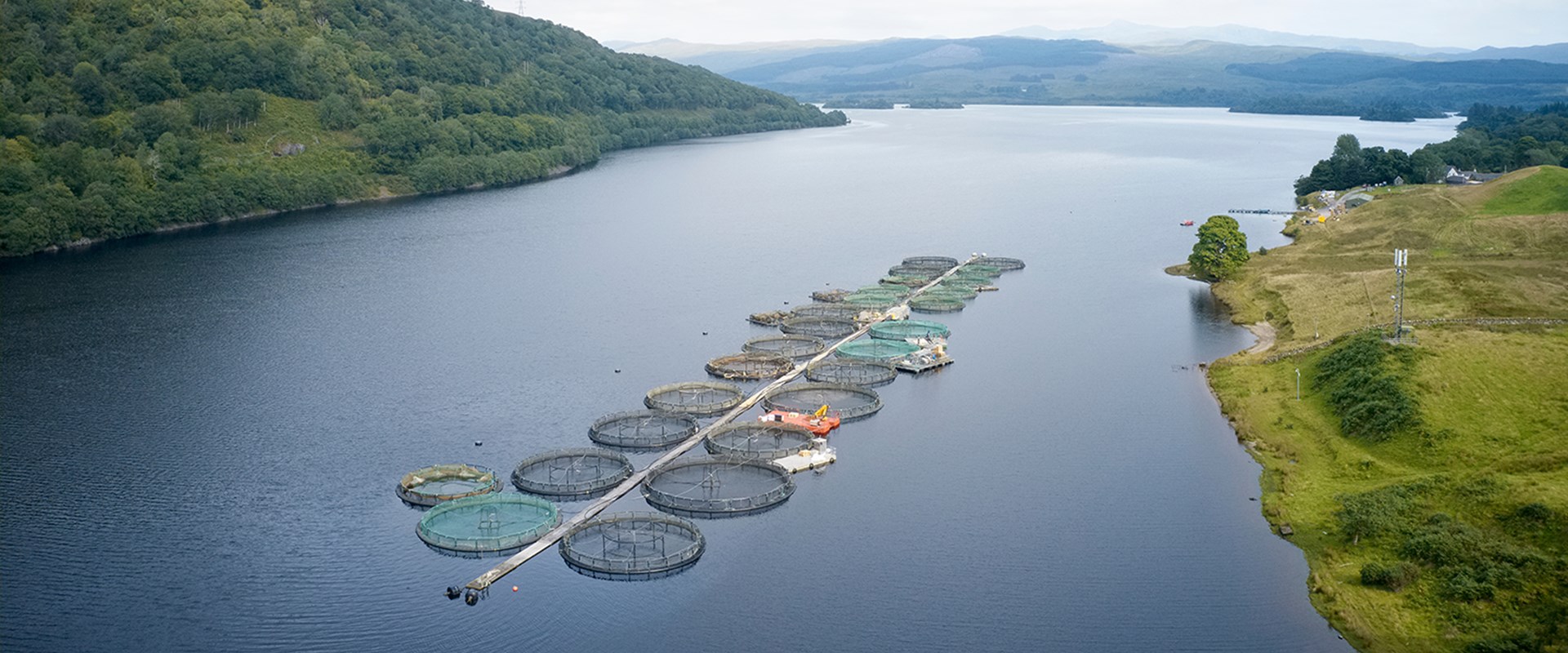
Environmental services for aquaculture
With experience across a wide range of geographies, species and groups, we provide expert aquaculture environmental solutions that are always highly innovative, practical and relevant.
Our entry into the aquaculture market began with a focus on baseline environmental assessments, marine habitat mapping, environmental modelling, and the development of environmental monitoring plans (EMPs). With growing experience, we recognise that we offer a unique suite of integrated solutions to the aquaculture industry by combining our offshore engineering, software, and naval architecture services.
Projects in Australia, Asia, Europe, and the Middle East followed, developing services from constraint-based site selection processes and bespoke vessel design.
If left to chance alone, aquaculture ventures are destined to fail. The world’s most successful operations (from offshore sea-pen to land-based pond systems) have three things in common:
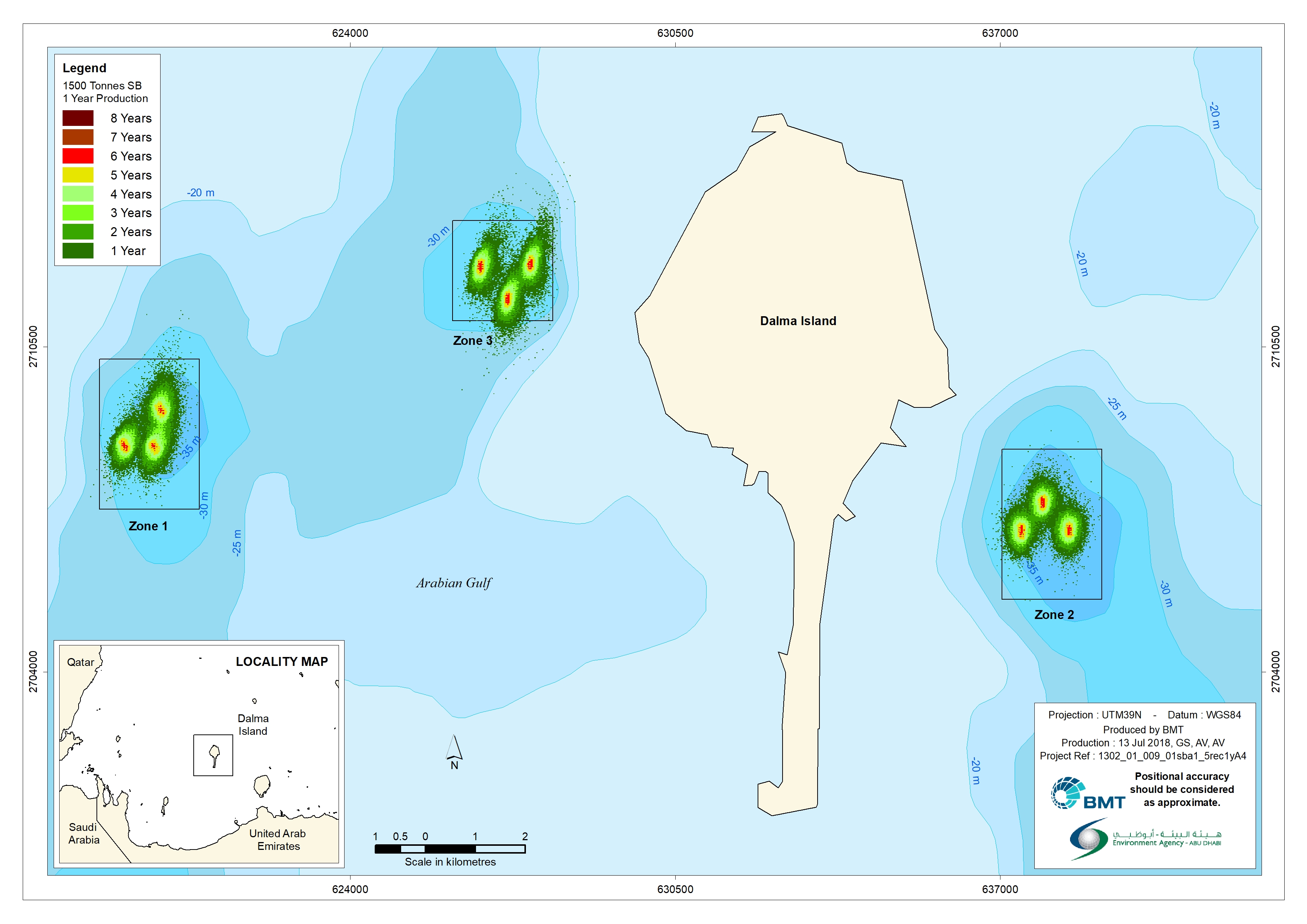
We model the behaviour of biological systems conditioned by physical, environmental, economic, and technical factors to plan aquaculture systems. The sensitivity could include variations to feed costs, survival rates, workforce costs, energy costs and cost of capital. The financial model output will provide the Internal Rate of Return (IRR), payback period, Net Present Value (NPV), utilisation ratios and Return on Invested Capital (ROIC).
The model will establish key performance indicators (KPIs) for the operations like optimal cycles, feed to conversion ratio, energy intensity and survival rates to ensure profitability during production.
A financial plan will lay the roadmap to manage your project development and production risks to ensure adequate returns. The program will also provide insights into maximising resource utilisation and return on invested capital (ROIC) during the production phase.
We believe that a robust financial plan will provide confidence to you when deciding on the investment and will position the project favourably with the financing partners to attract more growth capital.
Our aquaculture carrying capacity modelling includes a fully integrated environmental model for calculating and demonstrating the effect of different production scenarios on the marine environment, including recovery times following fallowing.
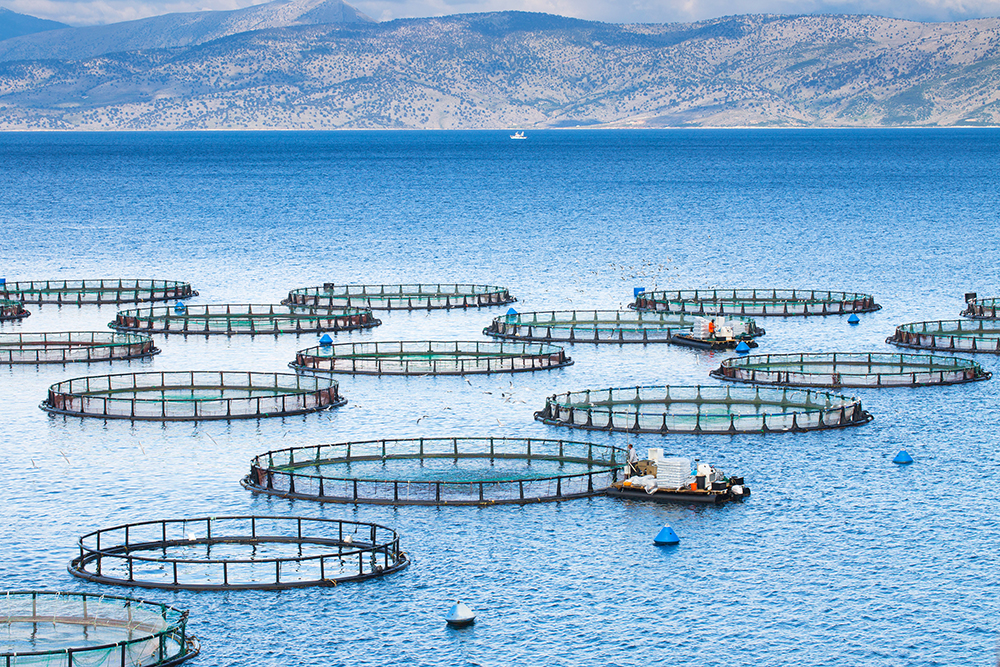
We are dedicated to delivering solutions that are not only sound but innovative and practical
We help you understand operational limitations and investment risks, focusing on delivering solutions towards improved sustainable production targets. One example is our innovative collaboration with industry, regulators, and researchers funded by the UK-Government Seafood Innovation Fund (SIF) to develop modelling packages capable of predicting the trajectory and proliferation of sea-lice in the North Sea as a response to commonly used treatment strategies.
We are positioning ourselves at the forefront of technologies for the offshore industry: from sea-pen engineering, feeding barges and well-boat design to a highly ambitious project to develop cutting edge risk assessment and predictive tools for the sea-pen offshore sector.
Our wealth of experience and knowledge of architecture, marine engineering and hydrodynamics give us a unique capacity to contribute to improved safety, reliability, performance, and economics of all types of aquaculture infrastructure.
The marine environment puts unique demands on equipment, so we have specialist skills in engineering design and analysis, materials, fatigue, corrosion and corrosion prevention, the use of metals and composites in the marine environment, and underwater engineering.
Predicting current and wave loading is a critical component of offshore engineering design for station keeping, mooring design, stability of floating structures, structural integrity, and safety.
We help you tackle complex geological problems by computational simulation of geological scenarios, supporting motion response and physical model testing and providing high-quality engineering outcomes.
Providing accurate decision-making information and more significant insights into the environmental footprint, risk assessment, improved productivity, and sustainability of aquaculture operations
We are an international leader in the development of bespoke modelling products. In the aquaculture space, we have invested in developing industry-specific modelling packages for investigating the fate and transport of metabolic wastes, the carrying capacity of the marine environment.
The models are fully customisable and tailored to suit the size of the project: from simple DEPOMOD like approaches to robust integrated strategies to determine the fate and integration of aquaculture wastes utilising modules such as:
The integrated model provides the means to predict the environmental footprint of aquaculture farms based on:
The model is fully customisable and is equally adaptable in the ocean as it is in the prawn or tilapia pond.
We supply spatial modelling tools and services to inform decisions regarding aquaculture infrastructure and monitoring sites. Using local environmental, marine habitat, infrastructure, and other salient information, we apply our spatial modelling tools to provide suitable options for aquaculture development.
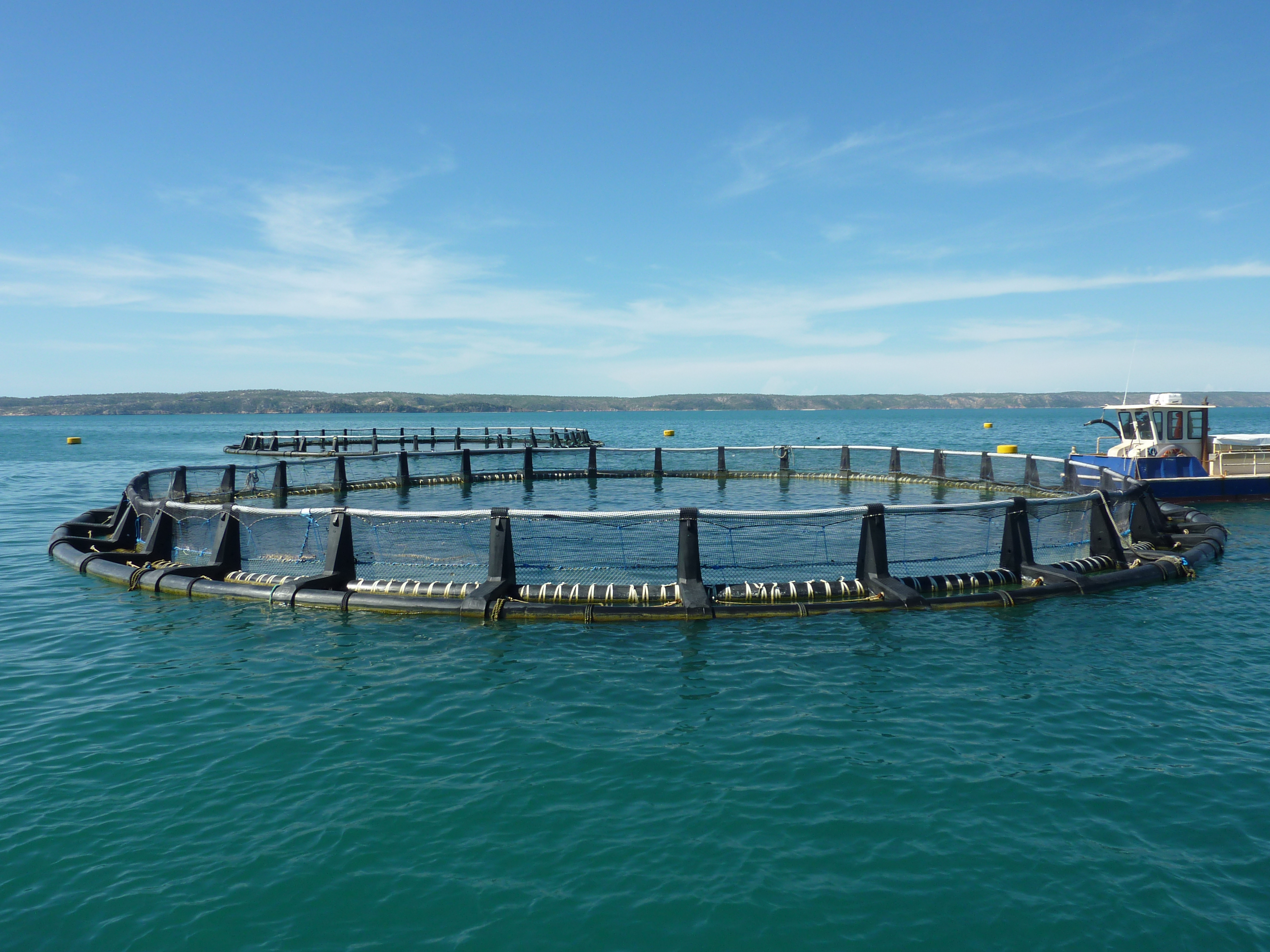
The clever application of modern technology, from telemetered loggers to AI-powered Decision Support Systems, revolutionises farm management.
One of the elements driving this innovation is the application of ‘smart particles. Smart particles can be programmed to simulate dynamic entities from biochemically active detritus to juvenile turtles to the epidemiology of sea lice through life-history stages.
In combination with our cutting-edge modelling tools and data management and visualisation software, the application of our smart particle technology is providing new insights into the risks posed by sea lice under different environmental, treatment and geographical scenarios.
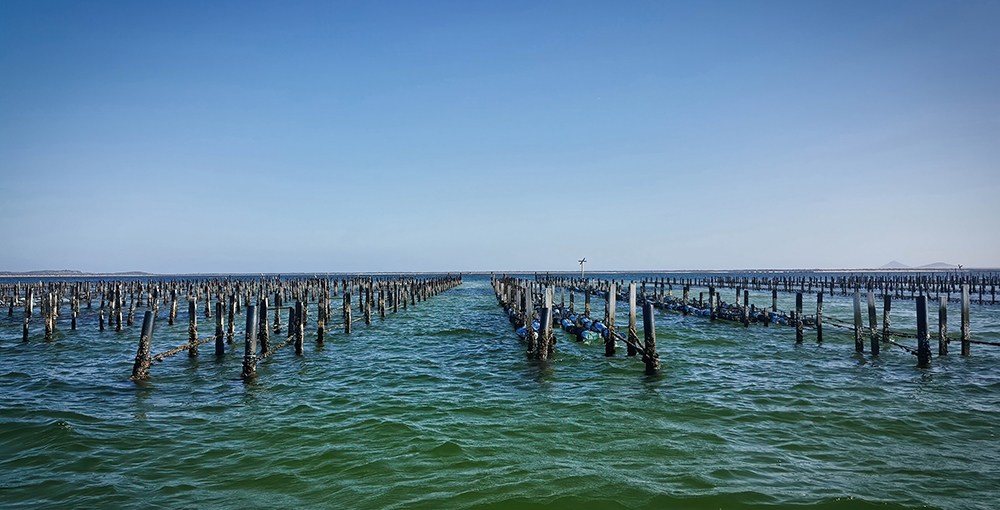
From initial planning, permitting, and EIA phases through to production, management, and decommissioning, we provide you with end-to-end, integrated solutions:
We help you through the various stages of aquaculture development to give businesses every chance of success.
We acquire and analyse wind, weather and sea state data to inform design, engineering and operational decision making.
Designing and interpreting surveys specific to marine aquaculture operations and aquaculture infrastructure development.
Our experience in using practical tools and methodologies to manage risk helps you verify and optimise design early on when costs are still manageable.